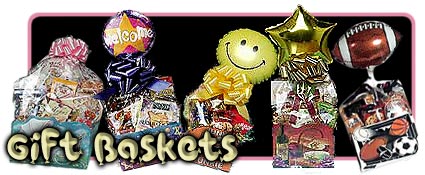Candy, specifically sugar candy, is a confectionery made from a concentrated solution of sugar in water with various flavorings and colorants added.
More generally, and especially in North America, "candy" also includes other sweets such as candy bars, chocolates, licorice, and chewing gum. The generic informal name for such confectioneries outside North America is 'sweet' (UK, Ireland, New Zealand), 'lolly', or 'lollypop' (Australia, New Zealand). In North America and the U.K, 'lollipop' refers specifically to sugar candy on a stick.
Etymology
"Candy" comes ultimately from an Indian word khanda 'a piece; a piece of sugar' (possibly of Dravidian origin) through Persian qand 'sugar', Arabic qandah 'candy', and French (sucre) candi.[1].
Manufacture
Candies are prepared by dissolving sugar in water or milk to form a syrup, and boiling it until it reaches the desired concentration, or starts to caramelize. Depending on the solvent and the end result of the process, the product may be called candy, caramel, toffee, fudge, praline, tablet or taffy. The recipe used also predicts how hard, soft, chewy or brittle the end result should be.
Sugar stages
The eventual texture of candy depends on the sugar concentration. As the syrup is heated, it boils, water evaporates, the sugar concentration increases, and the boiling point rises. A given temperature corresponds to a particular sugar concentration. In general, higher temperatures and greater sugar concentrations result in hard, brittle candies, and lower temperatures result in softer candies. These "stages" of sugar cooking are:[2]
Stage Temperature in °F Temperature in °C Sugar concentration
thread 230-233°F 110-111°C 80%
soft ball 234-240°F 112-115°C 85%
firm ball 244-248°F 118-120°C 87%
hard ball 250-266°F 121-130°C 92%
soft crack 270-290°F 132-143°C 95%
hard crack 295-310°F 146-154°C 99%
clear liquid 320°F 160°C 100%
brown liquid (caramel) 338°F 170°C 100%
burnt sugar 350°F 177°C 100%
The names come from the process used to test the syrup before thermometers became affordable: a small spoonful of syrup was dropped into cold water, and the characteristics of the resulting lump were evaluated to determine the concentration of the syrup. Long strings of hardened sugar indicate "Thread" stage, while a smooth lump indicates "ball" stages, with the corresponding hardness described. The "crack" stages are indicated by a ball of candy so brittle that the rapid cooling from the water literally causes it to crack.
This method is still used today in some kitchens. A candy thermometer is much more convenient, but has the drawback of not automatically adjusting for local conditions such as altitude as the cold water test does.
Once the syrup reaches 340°F or higher, the sucrose molecules break down into many simpler sugars, creating an amber-colored substance known as caramel. This should not be confused with caramel candy, although it is the candy's main flavoring agent.
Gelatin-based candy
Some candy, like marshmallows and gummy bears, contains gelatin, a substance derived from animal bones. Vegetarians and/or vegans are thus advised to check the ingredients on the label before buying candy. There are vegetable alternatives to gelatin, however, and any candy that is marked kosher (stamped with the letters K, U, KD, or other kosher seal) can be safely eaten. |





 Thank You!
Thank You!



